“Men, it has been well said, think in herds; it will be seen that they go mad in herds, while they only recover their senses slowly, and one by one.”
Charles Mckay, Extraordinary Popular Delusions and the Madness of Crowds (1841)
fyi - My site now has a Podcast, which I’ve tentatively titled, “All I Wanted Was A Pepsi.” (I thought that was more fun than, say, “Rudy’s Podcast” or something.) I don’t intend to host a podcast, but it’s a place I can upload audio or video as desired.
My first post is the thing I did with Grant Williams and Stephanie Pomboy on June 2. It’s audio only and just for paid subscribers. I may unlock it in the future. As for the video itself (on Grant-Williams.com), I have no camera on my desktop - I used my avatar pic, but the voice is mine, and undistorted other than by nervousness. (If RØDE Microphones would like me to endorse their NT-USB mic for, say, a million bucks I would consider that.)
A number of nice people have asked me to be on their podcast, and as I told Grant Williams for years, never say never. I am flattered, thank you, but I don’t want to start doing a bunch. Maybe if some calamity happens like the Dow falls 1% in a day or something like that we’ll have something to talk about. For right now I’m happy with my debut.
"I can't read his tweets the same way anymore
knowing he doesn't sound like Werner Herzog."
I cannot believe the Fed “Dot Plot” is still a thing.
Friends of the Show Mike Shedlock and Adam Taggart. Mish has been around the block a few times.
Here’s something of his I’d saved. No working link.
Mike Shedlock, March 2008:
What To Do About The Liquidity Trap
Here's what to do about the liquidity trap: Nothing. The concept of liquidity traps is imaginary. Home prices are too high, they need to correct. There are too many houses and stores so we should not encourage more building. Savings should be encouraged, not discouraged. Overcapacity needs to be worked off not fueled. Bankruptcies are part of the solution not part of the problem.
The real trap is doing something as opposed to nothing. Quantitative Easing and ZIRP [zero interest rate policy] did not help Japan and they will not help the US either.
The central bank simply cannot force additional credit down the throats of prospective borrowers, nor should it try. Attempts to do so will only prolong the agony while punishing innocent savers, especially those on fixed incomes.
We are colonized by wankers.
As I saw former Fed Governor Frederic Mishkin on CNBC for the 40,000th time the other day, I was reminded that he’s just another typical econ goofball, who should have no influence over any of our lives.
Like Bernanke, Yellen, Bullard, Evans etc. - he’s a cloistered, inbred academic economist completely out of touch with reality, yet he can remain totally unaccountable (and unelected) - while forever messing with the daily lives of a few hundred-million people.
We need to mock these clowns and strip them of their power. Instead they’re treated as wise oracles, no matter what. We need to take away the power of the academic economics profession, worldwide.
Speaking of Mishkin - if you’ve never seen “Inside Job,” it’s well worth a watch. It’s online here.
So tired of the gaslighting…
"Inflation can be defined as the overall general upward price movement of goods and services in an economy."
Wednesday’s Wall Street Journal:
Even their "Core" Inflation Model has been DOUBLE or more the Fed's made-up 2% target for two years now. Meanwhile, the TV-people asset-gatherers trivialize inflation.
Happy Father’s Day!
The RecessionAlert weekly leading economic index (WLEI) is a composite for the U.S economy that draws from over 20 time-series and groups them into the following six broad categories which are then used to construct an equally weighted average.
The deflation is getting out of control. (Although asking rates in the Northeast/Midwest posted rises of 5% - via Redfin)
A survey of commercial real estate executives came up with these sectors as the “asset classes [which] present the most attractive, risk-adjusted opportunities during the next 12 months.”
For only the third time since DLA Piper has conducted its annual State of the Market Survey, a majority of the commercial real estate executives responding—86 percent—reported a bearish outlook for the year ahead.
PGIM, Cantor Fitzgerald CEOs Predict Huge Wave Of Deed-In-Lieu Deals, Foreclosures In Office "Let's face it, if rates go to 8% or 9% and your rents haven't gone up like that, the math doesn't work," Lutnick told CNBC. "Give the keys back to the bank."
This is for future historians:
One of my least favorite CRE billionaires: Sternlicht’s Starwood Eyes Sale of More Than 2,000 Rental Homes
These are all homes young families will never own, all on a scale not imaginable pre-2008.
SREIT owned 3,210 single-family rental homes valued at $1.26 billion as of March 31, according to a filing. It recognized a nearly $80 million impairment charge on various single-family rental properties during the first quarter on revised cash-flow assumptions “due to an increased probability of a near-term disposition,” the trust reported. Starwood also owns rental houses outside of SREIT…
Some of the trusts have sought to sell properties that are holding up better in the real estate market downturn…
“Single family and multifamily is doing fine,” Sternlicht said on a conference call in May. “The only issue is office.”
SREIT reported that it received redemption requests equal to 4.2% of its aggregate net asset value in April, according to a filing. It met slightly under half of those requests, the filing said.
Two weeks ago: Pretium to Pay $1.5 Billion to Biggest Home Builder for 4,000 Rental Homes
Short-term rentals zoned out of Dallas single family neighborhoods
After nearly 4 years of community debate over short term rental homes the Dallas City Council imposed zoning restrictions to remove them from single family neighborhoods. As a compromise STR's will still be allowed in commercial areas and multi-family neighborhoods. The final vote was 12 to 3 after a push to grandfather existing single family neighborhood STR's that are already paying hotel taxes was defeated in a closer 7 to 8 vote.
Fool me once, shame on you. Fool me twice, shame on me.
Sandeep Mathrani was supposed to be WeWork’s savior.
A real estate executive, he became the chief executive of the troubled office space company in 2020 after a failed initial public offering pushed it to the brink of collapse. He instilled discipline and order on a business that had grown fast and chaotically under its co-founder Adam Neumann.
Instead of building a company that would “elevate the world’s consciousness” as Mr. Neumann had wanted, Mr. Mathrani focused on the staid details of running a real estate company. He steered WeWork through the pandemic, got its landlords to accept less rent, took the company public and oversaw a financial restructuring, completed last month, that cut the company’s debt.
But just weeks after the restructuring, the company said on May 16 that Mr. Mathrani would step down, and that no permanent successor was lined up. Wall Street analysts who had recently met with him were stunned — one analyst wrote in a research note that the executive was “abandoning ship.” A couple of weeks later, WeWork’s chief financial officer, who had joined last June, departed, too.
Seriously??
15 Reasons Why Mass Media Employees Act Like Propagandists
The Great Grift: How billions in COVID-19 relief aid was stolen or wasted
Now read this, from Matt Taibbi, April 2020: Resetting the Bomb This was all predicted.
Neil Barofsky, the Special Inspector General for the last bailout, guesses that whoever has his job this time around is going to have a lot of work.
“There will be S&L-type frauds, absolutely ostentatious frauds,” he says, spitballing a list of potential problems in the $2 trillion Covid-19 rescue package. “I’d be looking for tens of billions of loss to fraud.”
This is unavoidable. If the rescue package signed into law by Donald Trump on March 27 had more regulatory controls — “nothing, nada, zero,” oversight is how another economist explains the existing structure — it might defeat the purpose of getting money out into the economy quickly. It seems possible the rescue was designed with such surreal logic in mind. “Fraudsters spend money, too,” is how Barofsky puts it.
A second issue has to do with the structure of the Covid-19 relief plan. It features two main components: rescues of Main Street and Wall Street.
The headline-grabbing frauds will be found in the Main Street side, where crooks will scheme to get their hands on (among other things) $377 billion in relief intended for desperate restaurants, hardware stores, nail salons and other real-world employers.
These will be scams the public can understand, “straight rips,” as Barofsky puts it: insiders creating dummy companies and submitting for loans, employers taking money for payroll and hiding layoffs, con artists Googling their way to successful SBA loan applications, etc.
Nigerian-letter-type scams, in which crooks impersonate bailout agencies asking for bank info before sending relief, are already being reported across the country. Stories range from mass-texts from “CostCo” offering $110 stimulus checks, to a woman who said she was offered a six-figure Covid-19 grant from “Bill Barr” by phone.
Those stories are bad, but the exponentially more serious potential for mischief in this new rescue is on the Wall Street side. “With the [Main Street] relief, you might see $50,000 frauds, $100,000, $4 million,” says Barofsky. “It’ll be billions on the other side.”
"The text of the final bill was breathtaking in the breadth of new powers it bestowed on the Federal Reserve, including the Fed’s ability to conduct secret meetings with no minutes provided to the American people."
Michael Hudson is a self-described “Marxist economist,” who I often agree with.
So, Michael, I want to ask you, what is your analysis on the current state of the US economy?
It looks very bad. It never really recovered from the Obama depression that begun in 2009 when the banks were bailed out and all of the debts were kept on the book. The debt has been growing very rapidly because of the Federal Reserve’s 14 years of zero interest rates that flooded the economy with money, which means debt, to try to prop up the stock market and the real estate market. The debt has grown much higher than it was way back in 2008, when you had the junk mortgage crisis. The arrears and defaults are rising for student loans, for automobile loans, for credit card loans. Commercial property is not only defaulting, but large companies are simply walking away from their office buildings. Many banks are in the same position that Silicon Valley Bank was in.
Here’s Hudson in 2018:
MARC STEINER: What does it need to take over Citibank? What does it mean to take over the banks, what does that mean?
MICHAEL HUDSON: That means when the bank is insolvent, the government takes it over. There were still enough assets to cover the insured deposits, but not leave anything for the stockholders, or maybe not much for the bondholders.
MARC STEINER: So one more time for us. So you’re saying- so taking over the banks would have guaranteed who, and not the bondholders?
MICHAEL HUDSON: It would have guaranteed the depositors. There was enough money in Citibank, even though it was crooked, even though it was incompetently managed, even though we know that it’s paid tens of billions of dollars for fraud. It would have wiped out the big speculators. But all of the depositors, the bread and butter users, would have been paid. The same for all the other banks. No insured depositor would have lost. But the bondholders would have lost, because banks essentially would have used their money to pay the depositors and to stay in business, not pay the owners of the banks, who were owners of a crooked organization.
2018: “If you can depreciate a currency what you’re really lowering is the price of labor.”
2018: “Like almost all IMF loans, the purpose is to subsidize capital flight out of Argentina so that the wealthy Argentinians can take their money and run before the currency collapses.”
“The EV Push Adds Grave Weight To New York City's Garage Collapse Concerns”
I had never even thought of the danger of heavier cars with greater acceleration due to EV’s.
Cars have gotten bigger and heavier over the last several decades — an increase that’s related to the number of electric vehicles on the road. The chair of the National Transportation Safety Board, Jennifer Homendy, has said that the weight difference between electric vehicles and lighter vehicles could cause serious damage in a collision.
An electric GMC Hummer weighs 9,000 pounds, and its battery pack — roughly 2,900 pounds — is the weight of a typical Honda Civic, she said…
That weight is cause for concern for parking structure owners and operators in New York City. It would lead parking structures to be able to hold fewer cars on average, which means two things Centerpark CEO Gregg Reuben told Bisnow.
First, even less overall parking space, despite the fact that there are 85,000 more cars in Manhattan than before the pandemic…
“I just don't believe a lot of the garages will be retrofitted to accommodate electric vehicles. I think the expense is high, I don't know if the market will even allow for the additional pricing that would be required…”
“What was supposed to be a public good instead has become a source of rent extraction by a loyal Democratic party cohort.”
(Note that NakedCapitalism.com is not a conservative website)
Student debt levels didn’t take off until 2008. I believe two factors played a significant role. One was the 2005 bankruptcy reform act, which made student debt the only type of consumer borrowing that cannot be discharged in bankruptcy. A second was the way the crisis was a wrecking ball for many new and recent graduates. In the wake of the financial meltdown, unemployment was higher among college grads than those with only high school degrees. Many 2008 graduates had job offers rescinded, leaving them with no income. Employers cut hours and fired staffers, with those with the least tenure most vulnerable. All those factors meant many student borrowers missed payments, which meant they were hit with higher penalty interest rates, turning their debt burdens into millstones.
“How big is the student debt burden? According to Forbes as of May, 2023 the student debt picture looks like this (emphasis mine):
$1.75 trillion in total student loan debt (including federal and private loans)
$28,950 owed per borrower on average
About 92% of all student debt are federal student loans; the remaining amount is private student loans
55% of students from public four-year institutions had student loans
57% of students from private nonprofit four-year institutions took on education debt
Nearly two trillion dollars is the student debt burden today, up from a tenth of that in the mid-2000s.”
If we ever want to properly fix the U.S. student debt crisis, then we need to understand exactly how it was created.
Students borrow money to pay universities, which are the main beneficiary of the $1.7 trillion in outstanding student debt. How much students borrow has ballooned exponentially over the last 15 years. This was during a period of record low borrowing costs (see Fed ZIRP – Zero Interest Rate Policy), and a drop in college enrollment.
Our federal government loans trillions of dollars to a universities students, so these students can pay whatever education related costs the university decides is reasonable. And this cost is non-negotiable. The trillions in federal student loans that universities get is in addition to their exemption from all federal and state income taxes, their exemption from paying property taxes on university land, and their right to issue tax exempt bonds to fund construction, renovation, and operational costs. This does not include the $50 billion per year the U.S. government pays to universities in federal contracts and research grants. These institutions are eligible for almost every government subsidy and tax loophole imaginable.
If nothing is done to reign in and reduce how much universities charge their students, then future student debt is just going to keep ballooning. Forgiving student debt won’t fix this problem, it can only delay a much needed reckoning. …
The ballooning of this debt that started a student loan crisis did not slowly develop over the course of decades. Most of it occurred after the 2008 Great Financial Crisis. Mainstream media has been extremely hesitant to point this out, as well as that universities are the most responsible for creating and perpetuating our student debt crisis.
I wrote a thread on student loans and the Bankruptcy Bill back in 2016.








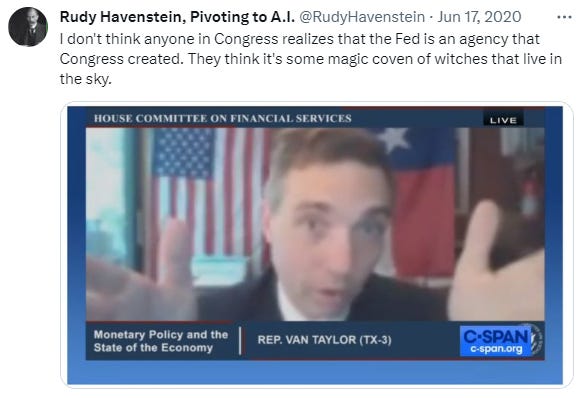




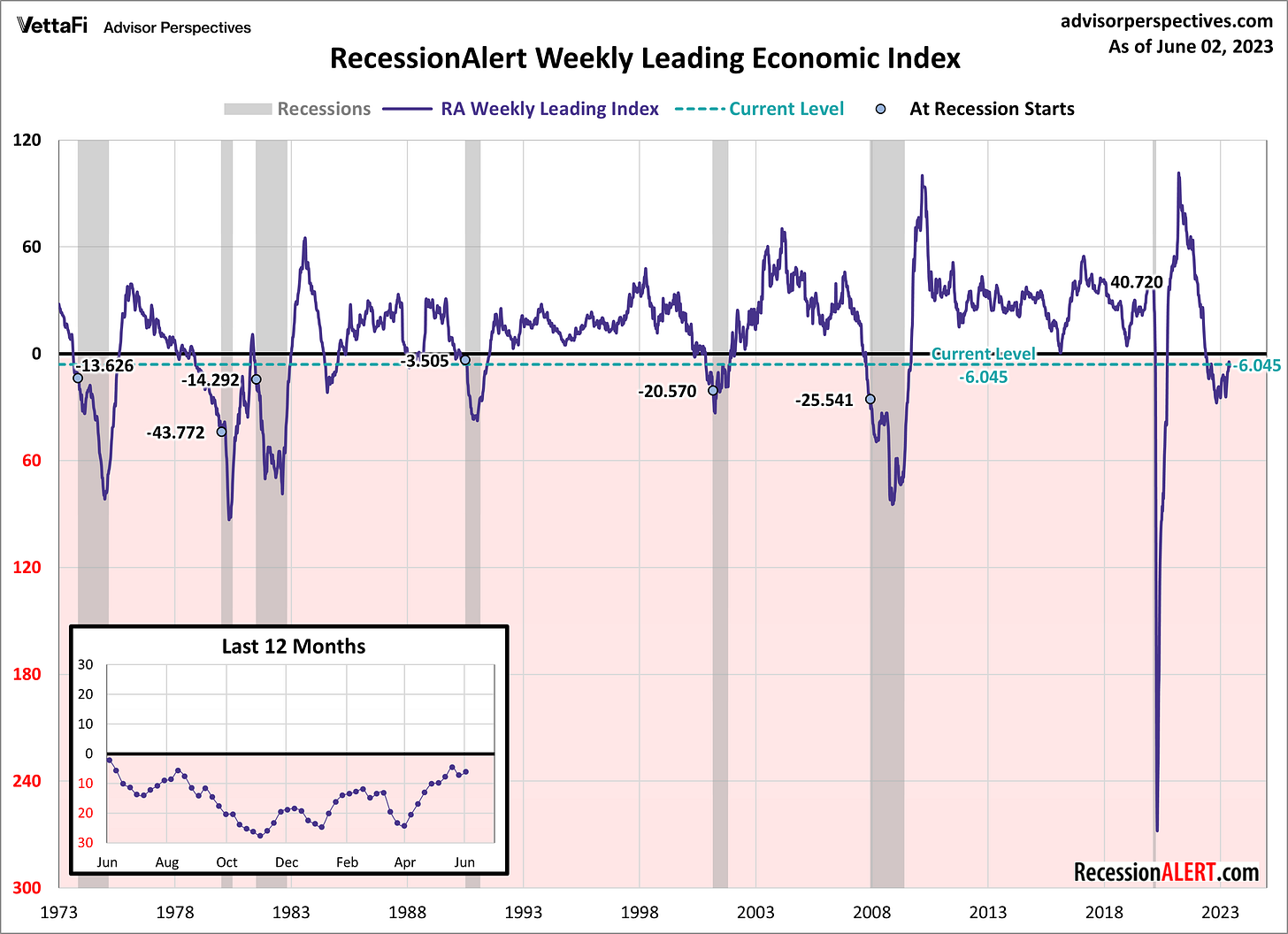

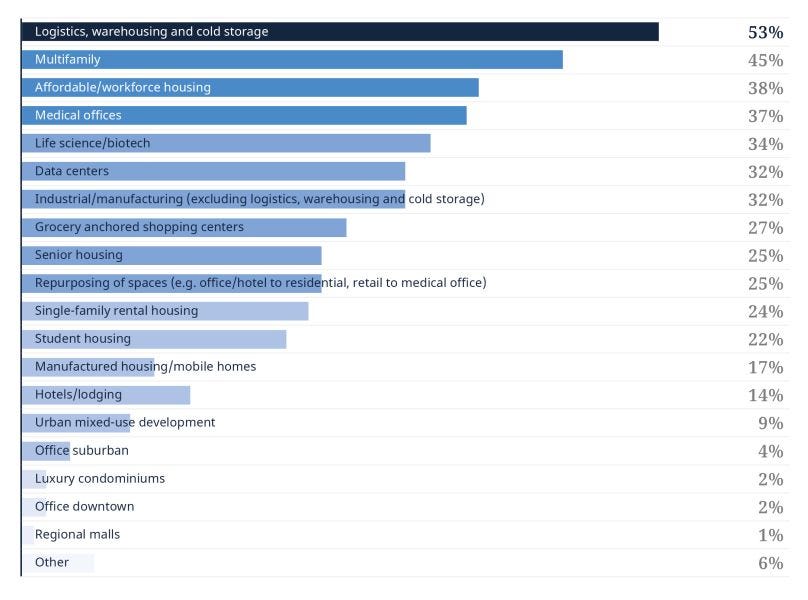

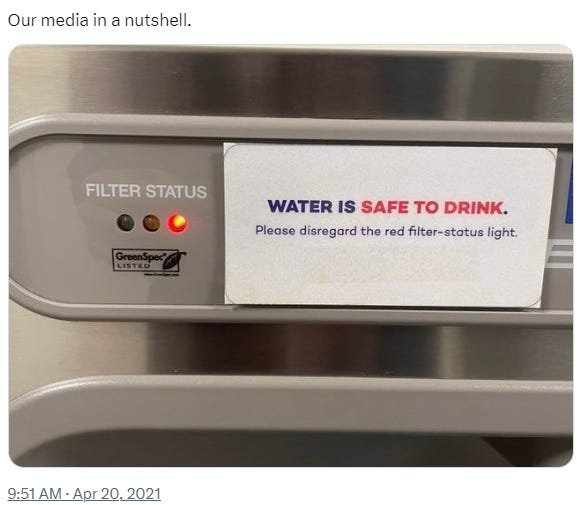






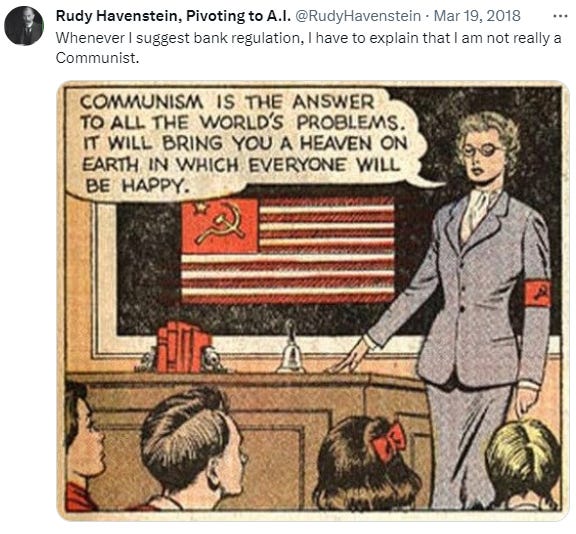






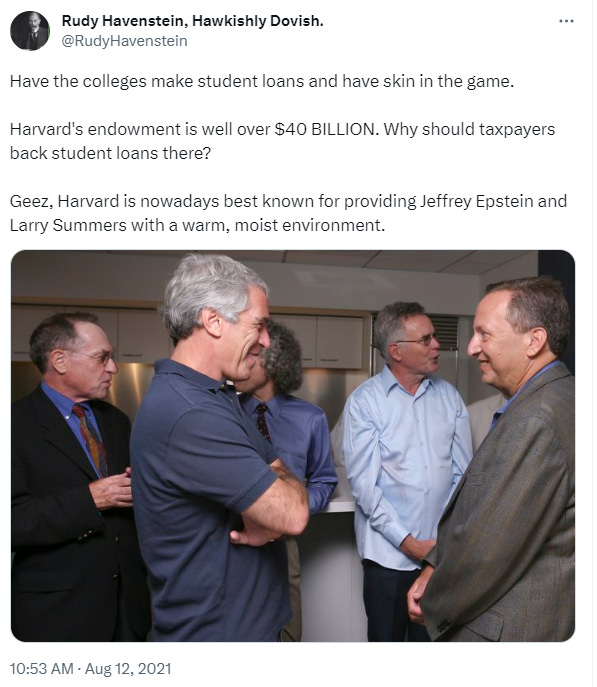
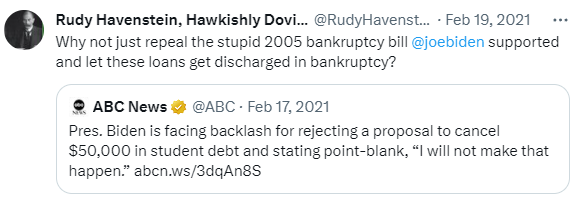
The money quote from the student loan article: "When government sells education as the answer to government-caused wealth inequality, and makes trillions in student loans available to the industry that supplies it, government is helping that industry fleece its customers." Combine that with single family homes being bought by institutions and you have an entire generation that can't gather assets, forever renting their lifestyles. Like the EV owners and parking garages, do we never think of unintended consequences in our public policies?
Why do you only focus on bad news? WeWork was up 33% last week but it doesn't get a mention? The Hudson quote is everything, it's Bernie Sanders and Liz Warren, Jack and Jill Mainstreet, there's a hundred of them and a million of us and they still won, still got theirs. Our eternal belief in the system is the real cognitive dissonance...